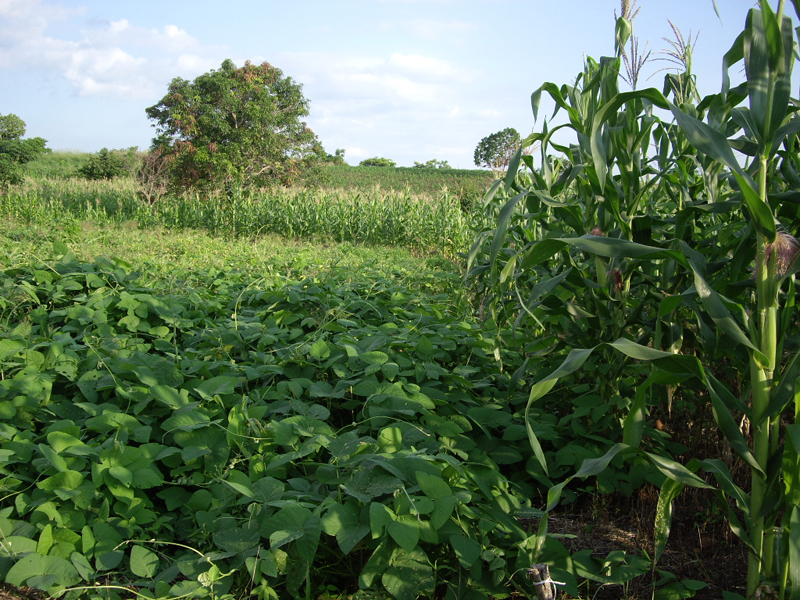International

The amount of carbon in farm soils is important to farmers. Soils with high carbon contents tend to provide better yields. They also tend to have more resilience to weather-related crop failure. But measuring the amount of carbon in soil can be expensive and involve several steps. That can make it hard to collect this critical information in regions like sub-Saharan Africa.
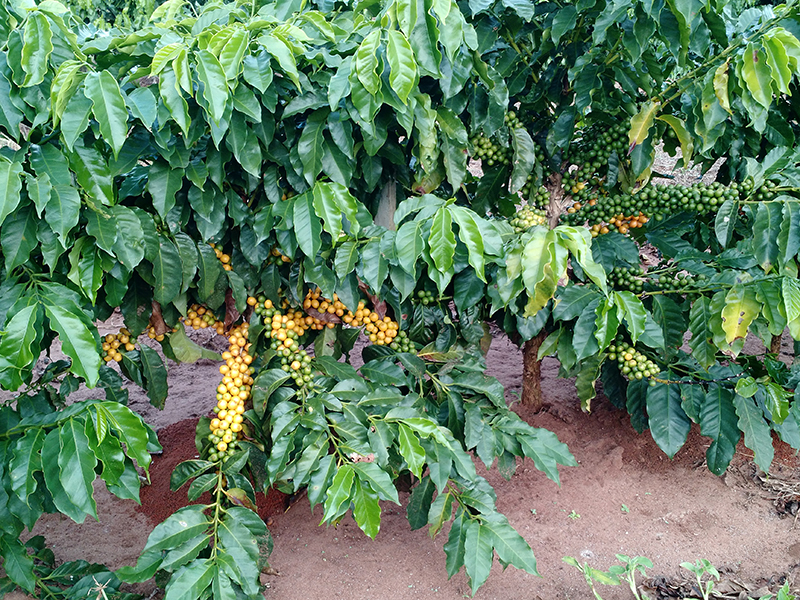
The perfect cup of morning coffee. Before you even purchase the beans at the store, many things must go right before that great-tasting coffee can be poured into your favorite mug. It starts in the soil where farmers grow the beans. For example, Brazil is the world’s biggest coffee producer, and the soils there can cause problems for coffee plants.
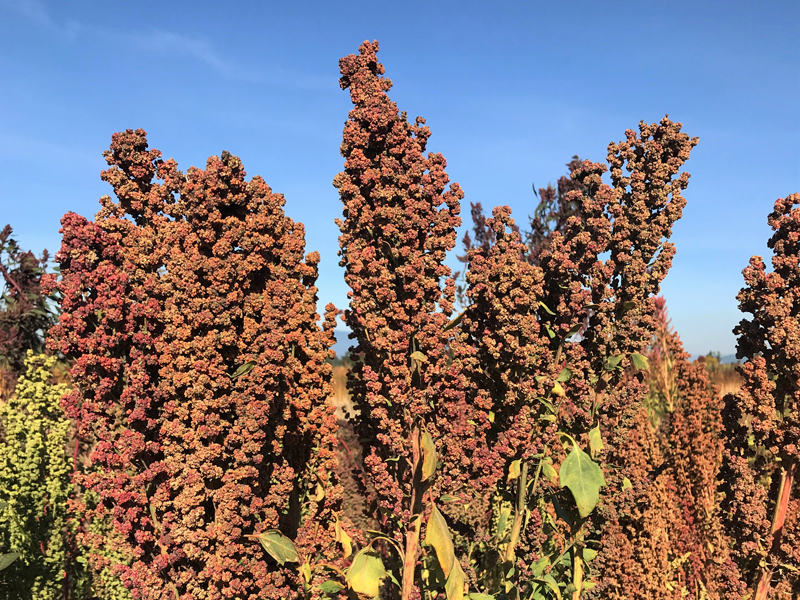
Quinoa is a healthy food many know and love. As its popularity grows, more farmers are interested in planting it. However, the plant doesn’t do well in high temperatures, so plant breeders are trying to help.
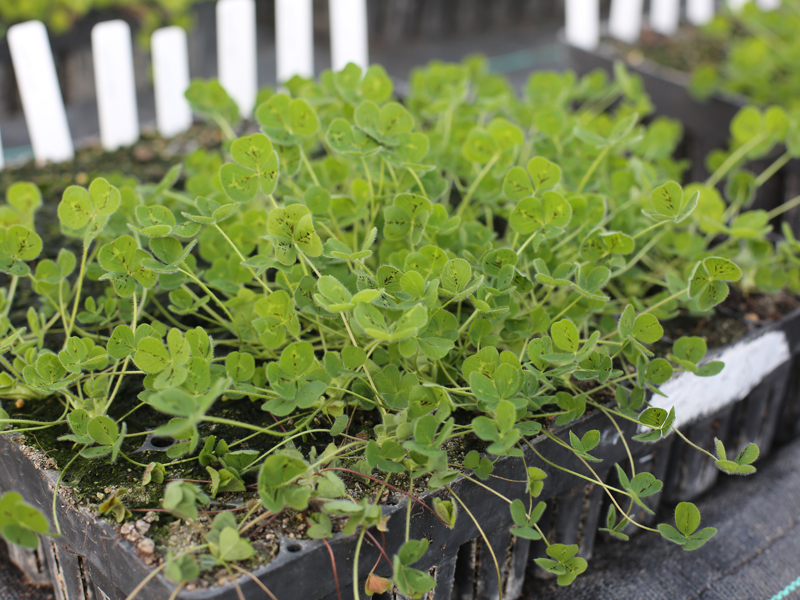
Four-leaved clovers may or may not bring good luck. What’s indisputable is that all white clovers, whether with three or four leaves, have many benefits.
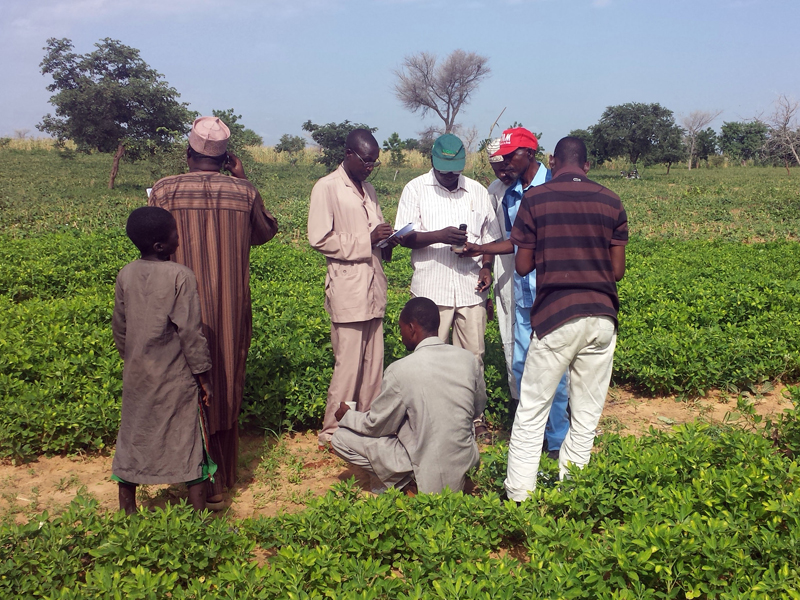
Two crops or one? Sometimes, growing two crops simultaneously on the same piece of land – called intercropping – can benefit farmers. But it needs careful planning and resource management.

